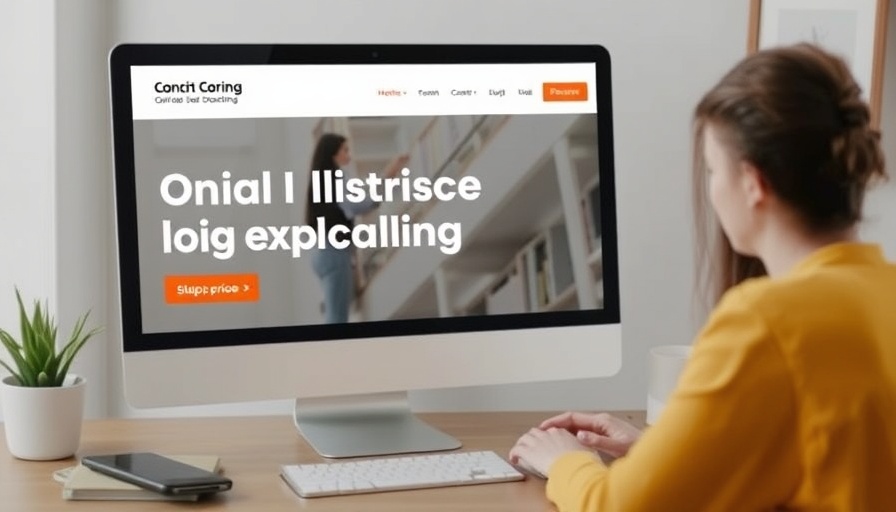
Understanding Your CliftonStrengths: A Lifelong Journey
For many educators and leaders, the question of whether their CliftonStrengths will change over time is a common concern. As individuals seek to harness their unique talents to enhance their teaching methods and leadership effectiveness, it’s essential to understand the nature of these assessments. The short answer is typically no; your inherent strengths don’t change considerably over time. However, the nuances of your strengths can evolve based on experiences and situations.
When Should You Consider Retaking the Assessment?
Many might feel compelled to retake their CliftonStrengths assessment after significant life changes, such as a new job, a shift in responsibilities, or personal growth milestones. While it's true that your environment can influence how your strengths manifest, it’s important to reflect on why you feel a re-evaluation is necessary. Often, changes in your life context can lead to awakening different aspects of your strengths rather than a fundamental alteration to them. Realizing this allows professionals, especially in education, to leverage their existing strengths in new ways.
Maximizing the Value of Your CliftonStrengths Results
Understanding your CliftonStrengths is merely the beginning; the real value comes in applying these insights to your daily practices. Here are several key strategies:
- Collaborate: Share your results with colleagues to create a strengths-based culture.
- Integrate: Use your strengths in lesson planning and classroom management to enhance student engagement.
- Reflect: Regularly reassess how your strengths are impacting your teaching style and your relationships with students.
By actively engaging with these strategies, educators can build a supportive network that enhances both teaching efficacy and student achievement through the collective understanding of strengths.
The Transformational Power of Strengths-Based Education
Moving beyond individual application, embracing a strengths-based approach within the educational framework offers transformational benefits. Educators who create environments that celebrate strengths foster not only personal growth but a school culture where students and staff feel valued for their contributions.
Research supports this; schools that implement strengths-based methodologies show improved teacher satisfaction, lower turnover rates, and higher student performance. This highlights how tapping into one's strengths can lead to a cascading effect, enriching the educational experience for everyone involved.
Moreover, What Are the Implications of Strength Awareness?
The implications of understanding your strengths extend into professional development avenues. Educators equipped with their strengths are notably better at mentoring students and guiding them in their personal growth. It enables teachers to provide tailored educational experiences that resonate deeply with students’ unique talents and learning styles.
For educators aged 35-60, this age bracket often encompasses seasoned professionals who have accumulated diverse experiences that influence their strengths’ expressions. The acknowledgment of these evolving dynamics offers a fresh perspective on personal leadership journeys within educational contexts.
Final Thoughts: Embrace Your Strengths Every Day
Your CliftonStrengths won’t change drastically, yet this doesn’t diminish their value. Instead, there’s immense benefit in viewing them as tools for growth. Consider how you can actively harness your strengths in your professional life. Empowerment through self-awareness can lead to remarkable transformations, both within your teaching practice and in student engagement.
Are you ready to take the next step in your educational journey? Embrace your strengths every day to unlock new opportunities and ensure that your impact on your students remains profound and lasting.
 Add Row
Add Row  Add
Add 




Write A Comment